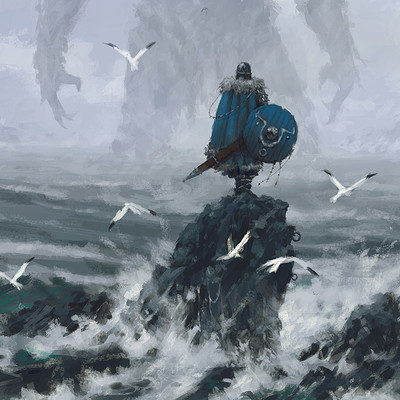This MOA exhibition is admittedly fabulous and ground-breaking in its theoretical base. While Joseph Kosuth gives particular prominence to language and often references Wittgenstein’s philosophy of language and Freud’s psychoanalysis, Sol LeWitt, who used completely different media in his work, targeted on idea itself, saying that concept is sort of a machine that makes the artwork. The ‘viewer’ is usually implicated in the manufacturing of art as performance or ‘happening’.
The only way to connect conceptual artwork and painting is to place each of them beneath the rubric of artwork about advancing art” – you understand, this results in that, and that to that extra superior factor, and so forth. All of that, nonetheless, is complete tripe. Uncontroversial as this claim could seem, some philosophers have denied that art should both have or search to have cognitive worth. Conceptual artists, be it Joseph Beuys or Marina Abramovic, pursue artistic originality and illustration in each attainable way.
Conceptual art sidestepped conventions of craftsmanship and elegance to an extent that it may very well be said to place renewed emphasis on content material, which had been largely banished underneath essential emphasis on form. Damien Hirst is a British installation and conceptual artist, and in the 1980s was a founding member of the Young British Artists (YBAs).
Since conceptual art inherently rejects materialistic representation of artworks and it’s not targeted on materiality, many have related conceptual artwork with Minimalism (if you like minimalism, check out our checklist of 10 minimalist artist ). However, conceptual artists rejected minimalism’s embrace of the conventions of sculpture and painting as mainstays of creative manufacturing.
Conceptual artwork, politicised and influenced by events such as the ‘May Days’ in Paris (1968), the ‘Hot Autumn’ in Italy (1969), the Vietnam War, and the rise of feminism, promotes a rapprochement between art-making and criticism – both inventive and social – by elevating questions in regards to the products of inventive actions and the very objective of artwork.
